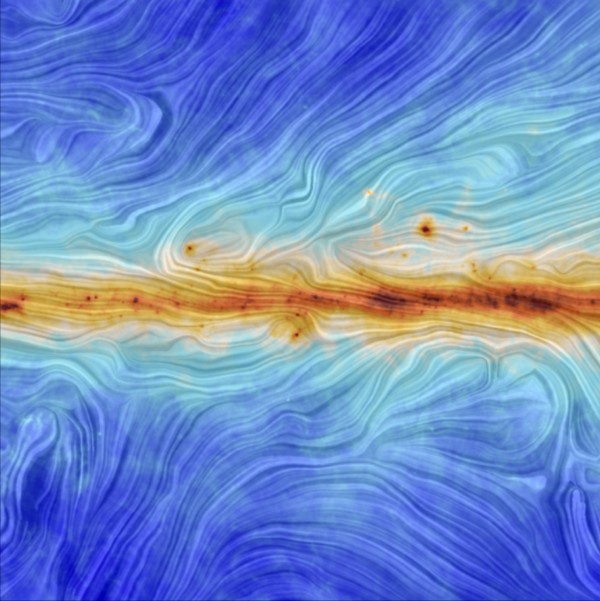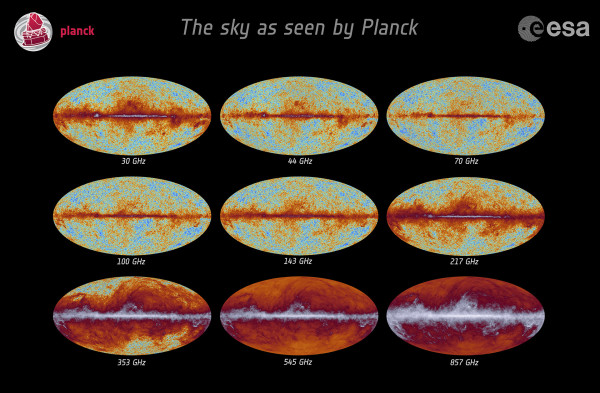"It is true that we are made of dust. And the world is also made of dust. But the dust has motes rising." -Muhammad Iqbal
If you want to view the Milky Way in all its true splendor, you need to go beyond visible light, as the cosmic dust that gives rise to new stars also absorbs visible light, robbing us of a view of our galaxy. But those other wavelengths that are more transparent to the dust -- infrared and microwave -- are absorbed by Earth's atmosphere. If we want to see what's going on, we've got to go to space.
With nine different frequency maps covering the entire sky, the ESA's Planck satellite not only can determine what's through that dust, but it can measure the effects of the Milky Way's magnetic field due to the polarization of light. What we see -- and learn about the magnetic structures in our own galaxy -- is simply breathtaking.
 Image credit: ESA/Planck Collaboration. Acknowledgment: M.-A. Miville-Deschênes, CNRS – Institut d’Astrophysique Spatiale, Université Paris-XI, Orsay, France.
Image credit: ESA/Planck Collaboration. Acknowledgment: M.-A. Miville-Deschênes, CNRS – Institut d’Astrophysique Spatiale, Université Paris-XI, Orsay, France.
After a short hiatus while we worked to figure it out, our Mostly Mute Monday series is back! Come experience the full glory of the Milky Way galaxy and its magnetic field in under 200 words.
- Log in to post comments

